Nikon V1 vs Olympus PEN E-P3 vs Sony NEX-7
Compact system cameras: head to head
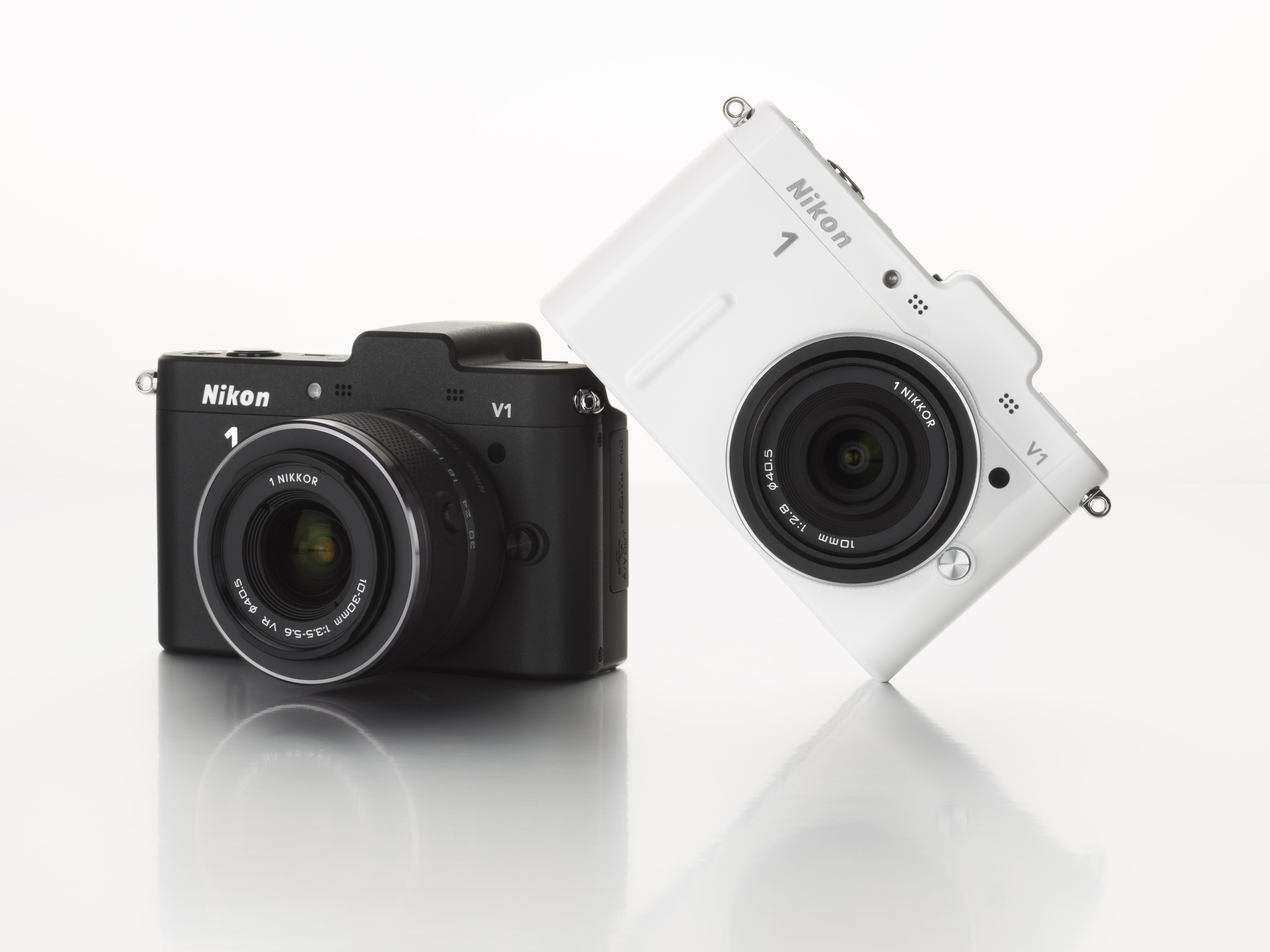
Update: read our V1 Nikon 1 review or our J1
With the recent introduction of the Nikon V1, almost every camera manufacturer now has something to offer in the way of a mirrorless compact system camera.
Although Nikon says that the Nikon 1 is an entirely new system altogether, there's no denying that the V1 and the Nikon J1 will be compared to cameras such as the Olympus PEN range, Sony NEX range, Samsung NX range and Panasonic G series.
We've taken a look at how the new V1 stacks up against two of its biggest potential competitors, the Sony NEX-7, which was announced back in August, and the Olympus PEN E-P3 which made its debut in July and is already available to buy.
Nikon V1 vs Olympus PEN E-P3 vs Sony NEX-7: sensor size
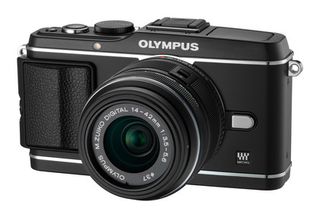
In terms of physical size, the Sony NEX-7 is king with its APS-C size sensor, the same size as those you'll find in crop factor DSLR cameras.
The Nikon V1 has the smallest sensor, featuring a 13.2 x 8.8mm CMOS sensor, while the PEN falls between the two with its micro-four thirds offering.
Get the best Black Friday deals direct to your inbox, plus news, reviews, and more.
Sign up to be the first to know about unmissable Black Friday deals on top tech, plus get all your favorite TechRadar content.
In terms of megapixel count, once again the Sony has the biggest number with a whopping 24 million. The Olympus PEN has 12 megapixels, while the Nikon comes in last with 10 million.
Nikon, however, does of course claim that the choice of a small sensor, both in terms of physical size and pixel count, was a deliberate choice that allows the camera to use advanced features such as the Smart Photo Selector as well as keeping the overall size of the camera down.
Nikon V1 vs Olympus PEN E-P3 vs Sony NEX-7: body size
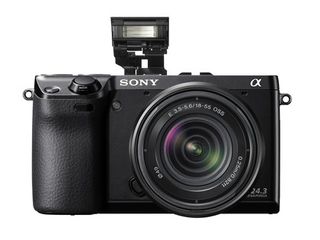
Nikon says that the V1, along with its stablemate the J1, has been designed for "true" portability, with the small sensor and new Nikon 1 mount helping it to achieve that.
None of the compact system cameras on the market are jeans pocket friendly, but if you fitted each of these cameras with a slim pancake lens, the Nikon would definitely be the sleekest.
Nikon V1 vs Olympus PEN E-P3 vs Sony NEX-7: viewfinder
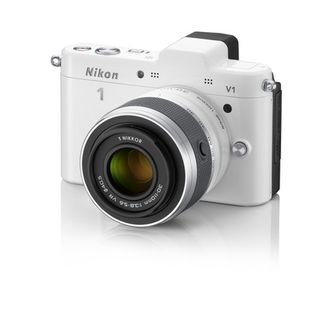
Not having a viewfinder is a bug bear of many "serious" photographers, who prefer to use it compose images.
Electronic viewfinders have suffered a bad reputation in the past as being difficult to use and offering poor image quality. However, Sony has worked hard to create an impressive viewfinder for the NEX series. Since Nikon uses Sony viewfinders, the V1 also has the same impressive technology.
The E-P3, meanwhile, has no viewfinder as standard, and if you want to purchase one you'll need to cough up an extra £180, a hefty price to pay considering that it comes as standard on both the NEX and V1.
Nikon V1 vs Olympus PEN E-P3 vs Sony NEX-7: screen
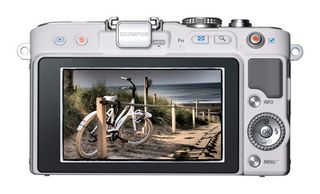
All three of the cameras offer something slightly different from their respective rear screens. The NEX-7's 3-inch LCD screen tilts, which is handy for shooting in awkward positions. The Olympus PEN E-P3 3 inch OLED is a touchscreen, a useful addition for quickly changing focusing points and other functions.
The Nikon V1's 3 inch TFT LCD screen is neither tilting nor touchscreen, which is a little disappointing given the price point of the camera and that Nikon frequently uses touchscreens for its Coolpix range.
Nikon V1 vs Olympus PEN E-P3 vs Sony NEX-7: lens mount and compatibility
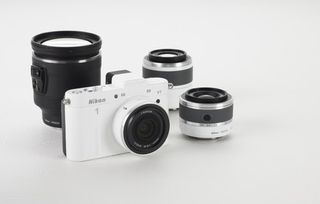
Nikon has invented a new lens mount for its 1 range and introduced four new lenses, the standard 10-30mm kit lens, a 10mm pancake lens, a 30-110mm telephoto lens and a 10-100mm lens which is specifically designed for shooting video.
At the moment, the Nikon has the fewest choices of lenses, but, if you include all Nikon F-mount lenses that can be attached via the optional adapter, the choice becomes much wider.
None of the new Nikon lenses feature a wider aperture than f/2.8, which portrait photographers and those looking to shoot in low light situations may be disappointed by. Nikon has revealed that more lenses are on the way in the next three years, and it's likely we'll see a wide aperture portrait lens to appeal to the family photographers the camera is aimed at.
By contrast, the Olympus PEN range has 8 compatible micro four thirds lenses, including a 45mm f/1.8 portrait lens and a 12mm f/2.0 wide angle lens. Sony's E-mount range is also pretty flexible, featuring a 50mm f/1.8 portrait lens and a 30mm f/3.5 macro lens. Both the Sony and Olympus compact system camera lens range can also be expanded with an optional adapter for A-mount and four thirds mount lenses, respectively.
It's also worth noting that the Olympus PEN is also compatible with Panasonic's range of lenses for the G series, as both systems use the micro four thirds mount. This includes the newly released 14-42 compact 'power zoom' lens and a 3D lens.
Nikon V1 vs Olympus PEN E-P3 vs Sony NEX-7: Speed
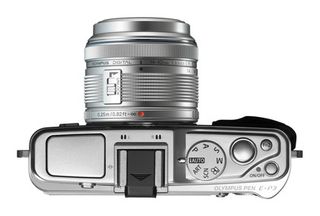
At the time of launch, both Nikon and Olympus claimed to have the fastest autofocus in the world for any interchangeable lens camera. It's certainly true that both cameras delivered quick autofocus speeds in both our full E-P3 review and our hands-on Nikon V1 review.
We're looking forward to directly comparing the speeds once we get full review units available, although we suspect that there may only be milliseconds in it.
The Nikon V1 also features a brand new EXPEED 3 processor, which Nikon claims is faster than the D3X DSLR. With it, the camera can shoot up to 60 frames per second, even when shooting in raw, blowing the NEX-7's 10fps and PEN E-P3 3fps well and truly out of the water.
Nikon V1 vs Olympus PEN E-P3 vs Sony NEX-7: Image quality
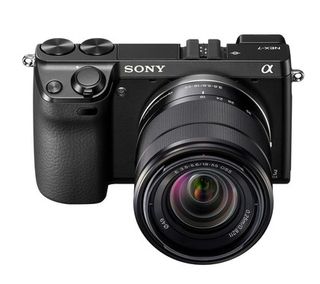
It's tricky to give a definitive answer on which of these cameras gives the best image quality at this point, as we only have labs data for the E-P3.
However, early indications are that both the NEX-7 and V1 will have very promising results. Sample images supplied by Nikon can be found in the Hands on: Nikon V1 review, while the Olympus PEN E-P3 review can give you detailed information based on our lab tests and real world testing.
We'll be very keen to more closely compare the V1 and NEX-7 image quality once we are able to access final review samples.
Nikon V1 vs Olympus PEN E-P3 vs Sony NEX-7: price
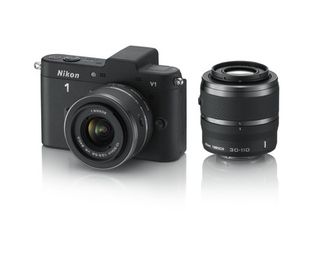
Finally, the all-important question of pricing. The Sony NEX-7 is the most expensive offering of the three cameras, with a launch price of £1130 with kit lens, while the Nikon V1's launch price is £829 with kit lens.
The Olympus PEN E-P3 had a launch price of £799 including kit lens, but we are already starting to see some price reductions now that it is on the street, so we can expect the same from both the NEX-7 and the V1.
Nikon V1 vs Olympus PEN E-P3 vs Sony NEX-7: Verdict
It will be interesting to see how each camera company offering a compact system camera will change its marketing strategy in light of Nikon's announcement.
Each camera now has something unique it can offer consumers, whether that is the biggest sensor (NEX-7), the most advanced features (V1) or a great compromise of both (E-P3).
Nikon is clearly aiming its 1 range at beginners, as design is kept simplistic and manual control features are hidden away in sub menus, while the NEX-7 with the high price point is gunning for someone who understands the benefits of a large sensor and is willing to pay the price.
The Olympus PEN E-P3, at the moment, seems to offer the best compromise. It has neither the biggest or smallest sensor, offers a decent range of lenses, has nifty features such as the touchscreen and comes in at the best price.
Once the final reviews of all three cameras are in, we will be able to further assess the results, so look out for a full review of the Sony NEX-7 and Nikon V1 soon.
Amy has been writing about cameras, photography and associated tech since 2009. Amy was once part of the photography testing team for Future Publishing working across TechRadar, Digital Camera, PhotoPlus, N Photo and Photography Week. For her photography, she has won awards and has been exhibited. She often partakes in unusual projects - including one intense year where she used a different camera every single day. Amy is currently the Features Editor at Amateur Photographer magazine, and in her increasingly little spare time works across a number of high-profile publications including Wired, Stuff, Digital Camera World, Expert Reviews, and just a little off-tangent, PetsRadar.
Most Popular


